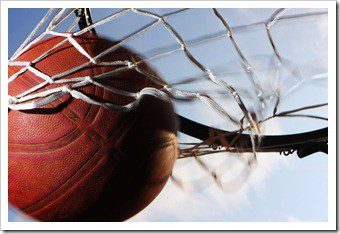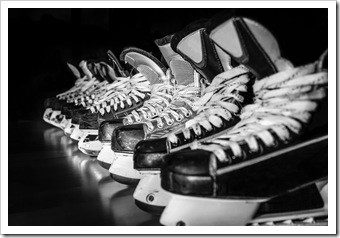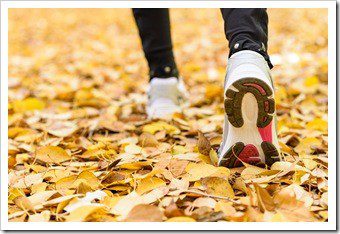Posts Tagged ‘Sports Medicine New Fairfield CT’
Welcome to Chiropractic Life and Wellness Center's Sports Medicine New Fairfield CT Archive. Here you can learn more about Chiropractic Life and Wellness Center, Chiropractic, and Dr. Brandon Chorney, today's choice for Chiropractors in New Fairfield, CT. Read Dr. Brandon Chorney's Chiropractic Sports Medicine New Fairfield CT for the health of it.
We look forward to serving you! Call - 203-746-6543.
by Dr. Brandon Chorney | Nov 20, 2025 | Health Articles

Basketball season is around the corner—and whether you're in a league or just hitting the court for fun, choosing the right footwear could be your most important play. At in , , we help active individuals avoid back pain before it sidelines them. Your Shoes Could Be the MVP (or the Problem) Poor-fitting shoes affect...
Read More >>
by Dr. Brandon Chorney | Nov 13, 2025 | Health Articles

The roar of the crowd. The sting of the ice. Whether you're lacing up your skates or cheering from the stands, hockey season is here—and that means big hits and bigger risks for injuries. At in , , we help athletes of all levels recover faster and perform better through expert chiropractic care. Pro Players...
Read More >>
by Dr. Brandon Chorney | Nov 11, 2025 | Health Articles

You don’t need fancy fitness gadgets or a gym membership to make strides toward better health. In , , many patients at are rediscovering the power of walking—a simple, effective, and low-impact way to improve overall wellness. Why Walking Works Improves cardiovascular endurance Burns calories and supports healthy weight Boosts mood and reduces stress Strengthens...
Read More >>
by Dr. Brandon Chorney | Oct 21, 2025 | Health Articles

Every athlete searches for a competitive edge—and at in New Fairfield CT, chiropractic care has become a game-changer. Whether you're playing recreational sports or competing at an elite level, maintaining proper alignment, mobility, and nervous system balance is critical to performance and longevity. Why Chiropractic Works for Athletes Chiropractic care supports joint health, improves flexibility,...
Read More >>
by Dr. Brandon Chorney | Apr 16, 2024 | Zed

Are headaches a regular part of your day? It's a surprising but true revelation that it's not just traffic gridlock causing your pain. Other everyday stresses like work demands, managing kids, and financial concerns can also contribute to tension in your body and spine, leading to persistent headaches. Our chiropractic practice's skilled chiropractor is dedicated...
Read More >>





